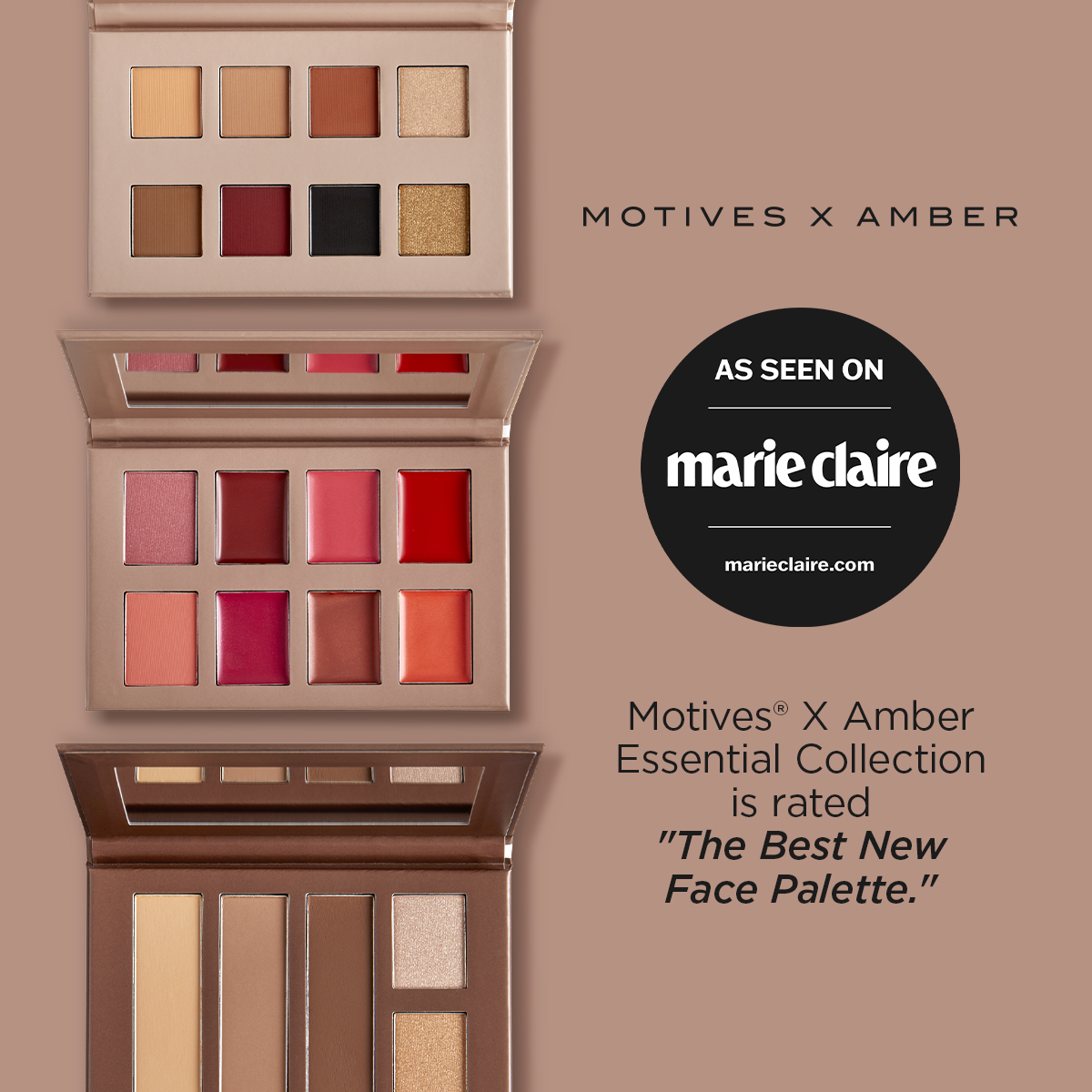The Radial Group recently released the new health and trend report for 2011. The group identifies healthcare trends which offer fresh opportunities for health and wellness business and beyond. Nolen, who is in charge of providing trend reports and strategies to some of the most prestigious wellness & healthcare companies states that some of the trends you will see in 2011 will be back to basics, fitness, and lifestyle change and consumer control. Below are some of the changes you will be seeing in 2011:
1. Medicalization:
…of everything, including fitness and nutrition. Exercise prescriptions, yoga therapy, nutrigenomics, ‘pharmaceuticals’…and on and on.
When nearly every activity is labeled either ‘Healthy’ or ‘Unhealthy,’ new pressures surround consumers and burden previously simple pleasures. Even a Fourth of July picnic poses challenges: Are the kids adequately hydrated (previously known simply as ‘thirsty’)? Great burgers! Um, what about carcinogens from grilling? Will that sunscreen cause a Vitamin D deficiency?
2. Information overload:
Consumers face a baffling wave of ever-changing data plus conflicting recommendations. For example, experts disagree about how best to lower cholesterol, and whether cholesterol is even the right target. As each day passes, they feel less and less capable of uncovering that coveted mix of health and wellness services that can truly address their problems.
3. Healthy skepticism:
In a world where dietary fat’s suddenly is okay again, doctors don’t routinely wash their hands and anyone can declare himself a wellness coach, who can blame people for viewing ‘healthcare experts’ cynically? The result: surging consumerism led by ‘healthy skeptics’ who increasingly apply the habits of prudent consumers to healthcare and wellness – checking out certifications, patient reviews, and conflicts of interest, asking uncomfortable questions, investigating treatment alternatives and side-effects. The good news: consumers will be exceptionally loyal to trusted advisers who help them navigate this morass.
4. Back to basics:
The predictable response to complexity and uncertainty: getting back to basics. For fitness, nutrition and healthcare trends, that means simplicity and self-reliance over complexity: functional fitness, naked labels, simple home cooking, gardening, whole foods, and non-drug non-surgical complementary, integrative, and conventional healthcare trends like acupuncture and yoga therapy.
5. Self-care:
Alarming obesity and diabetes increases, rising healthcare costs, limited access to conventional healthcare and dissatisfaction with its results intensify the pressure on consumers to become ‘CEOs of their own health and wellness.’ It’s a big job: they’ve got to figure out how to enhance and preserve their wellbeing, prevent illness, control chronic health issues, seek out curative care, and find comfort at the end of life. Self-care drives new healthcare behaviors, like diagnosis by Internet, new complementary and alternative healthcare trends, even ‘undoctored by choice’ consumers.
6. DIY health and wellness:
There’s some good news for overwhelmed consumers plus a boost for self-care and self-efficacy: the message that small-step, do-it-yourself wellness actually works. In fact, research supports big health benefits from comparatively small changes – like exercise snacks or dieting through addition. Yet information overload makes it impractical for many consumers to truly embrace this healthcare trend.
Wellness businesses will therefore respond to this healthcare trend by integrating the functional silos of fitness, nutrition, mind-body, and healthcare.
7. Lifestyle Change 2.0:
Lifestyle Change 1.0 – ‘Eat less, move more’ – was a dud. Successful lifestyle change requires actionable, individualized counsel, not superficial ‘one size fits all’ advice. Consumers don’t want to buy ‘exercise’ or ‘nutrition’ or ‘diets.’ They want to buy solutions for problems: How can I feel great every day? How can I manage my diabetes without drugs? Health and wellness businesses will become health information curators, picking and choosing the most relevant, best-supported information from healthcare trends and transforming this knowledge into Lifestyle Change 2.0 programs. These comprehensive solutions solve consumer problems by integrating all the tools of health and wellness: fitness, nutrition, mind-body practices, and conventional, complementary and alternative medicine. Nolen points out that “Healthcare and wellness businesses that use Lifestyle Change 2.0 strategies to make well-being, fitness, and nutrition less complicated for consumers will find real opportunity in 2011, thanks to information overload and strong personal responsibility messages that turn up the heat on everyone.”
The healthcare trends explored in the Health and Wellness Trend Report also fuel Nolen’s vision of ‘The Wellness Business of the Future’, available upon request. Preview all the healthcare trends in theTable of Contents and Buzzword Listand review the details of fitness trends,nutrition trends, and healthcare trends plus five additional sectors covering mind-body practices, CAM, diabetes, obesity, and aging.
See full article from DailyFinance:http://srph.it/9Pvbvw





